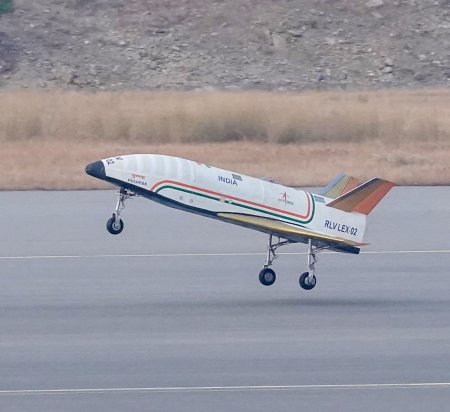Private Indian company scrubs suborbital test launch
The private Indian company Agnikul yesterday scrubbed its first suborbital test launch from its privately owned spaceport on the east coast of India when it detected issues during a dress rehearsal countdown.
On Friday, Agnikul Cosmos Private Limited’s Agnibaan was slated to launch from the company-owned launchpad at Satish Dhawan Space Centre (SDSC) located inside Indian Space Research Organisation’s (ISRO) facility at Sriharikota.
“Agnikul is holding the launch out of an abundance of caution based on certain minor observations from the full countdown rehearsals last night,” it said in a statement. The company will announce a new date and time for the launch. The IIT-Madras incubated start-up is 3-D printing its space vehicle – Agnibaan, with single piece 3D-printed engine.
My post earlier this week about the location of this private launchpad was in error. The launchpad might be privately owned, but it is not at a different location from ISRO’s main Sriharikota spaceport. It is located within that spaceport, and exists because the Modi government several years ago required ISRO to let private companies use its facilities. Agnikul decided to use this to its advantage, building a whole launchpad within the Sriharikota site.
The private Indian company Agnikul yesterday scrubbed its first suborbital test launch from its privately owned spaceport on the east coast of India when it detected issues during a dress rehearsal countdown.
On Friday, Agnikul Cosmos Private Limited’s Agnibaan was slated to launch from the company-owned launchpad at Satish Dhawan Space Centre (SDSC) located inside Indian Space Research Organisation’s (ISRO) facility at Sriharikota.
“Agnikul is holding the launch out of an abundance of caution based on certain minor observations from the full countdown rehearsals last night,” it said in a statement. The company will announce a new date and time for the launch. The IIT-Madras incubated start-up is 3-D printing its space vehicle – Agnibaan, with single piece 3D-printed engine.
My post earlier this week about the location of this private launchpad was in error. The launchpad might be privately owned, but it is not at a different location from ISRO’s main Sriharikota spaceport. It is located within that spaceport, and exists because the Modi government several years ago required ISRO to let private companies use its facilities. Agnikul decided to use this to its advantage, building a whole launchpad within the Sriharikota site.













